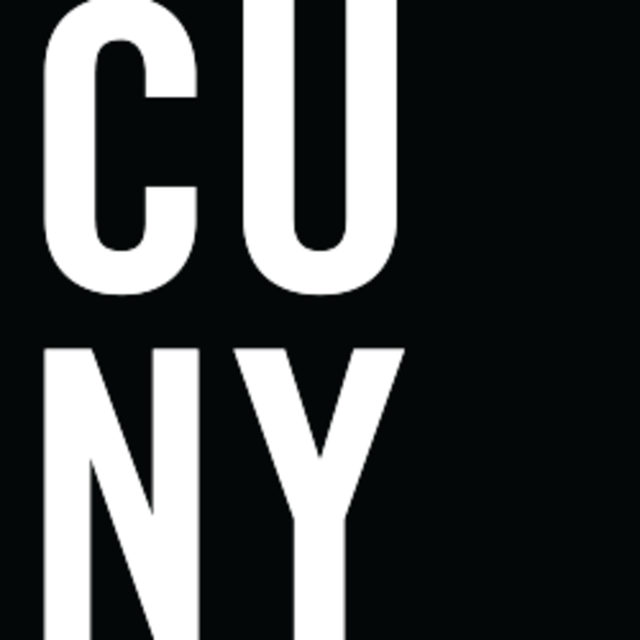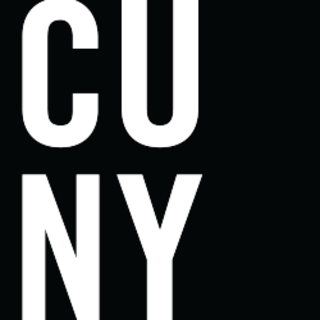Making a 'Monster' by Anne K. Mellor
Full description
Summary from Cambridge Companion edited by Esther Schor Mary Shelley's waking nightmare on June 16, 1816, gave birth to one of the most powerful horror stories of Western civilization. Frankenstein can claim the status of a myth so profoundly resonant in its implications that it has become, at least in its barest outline, a trope of everyday life. The condemners of genetically modified meats and vegetables now refer to them as “Frankenfoods,” and the debates concerning the morality of cloning or stem cell engineering constantly invoke the cautionary example of Frankenstein's monster. Nor is the monster-myth cited only in regard to the biological sciences; critics of nuclear, chemical, and biological weapons alike often make use of this monitory figure. Of course, both the media and the average person in the street have frequently and mistakenly assigned the name of Frankenstein not to the maker of the monster but to his creature. But as we shall see, this “mistake” actually derives from a crucial intuition about the relationship between them. Frankenstein is our culture's most penetrating literary analysis of the psychology of modern “scientific” man, of the dangers inherent in scientific research, and of the horrifying but predictable consequences of an uncontrolled technological exploitation of nature and the female.
Comments
to view and add comments.
Annotations
No one has annotated a text with this resource yet.
- typePdf
- created on
- file formatpdf
- file size128 kB

